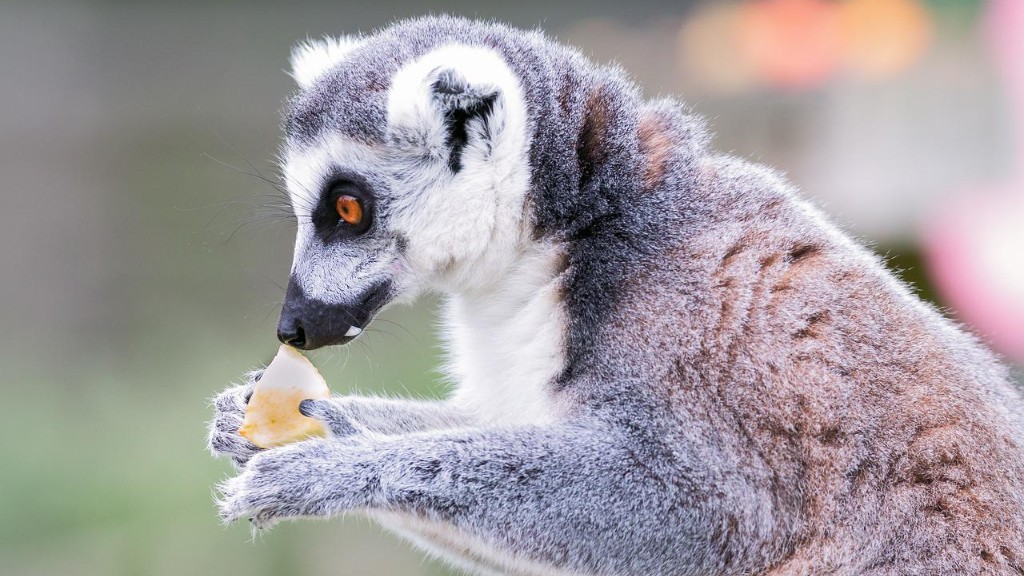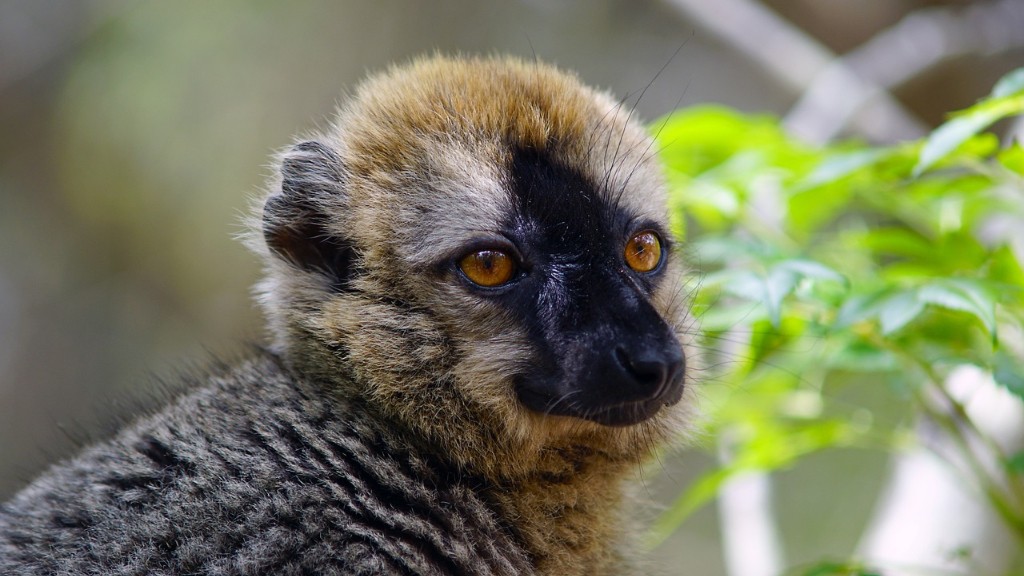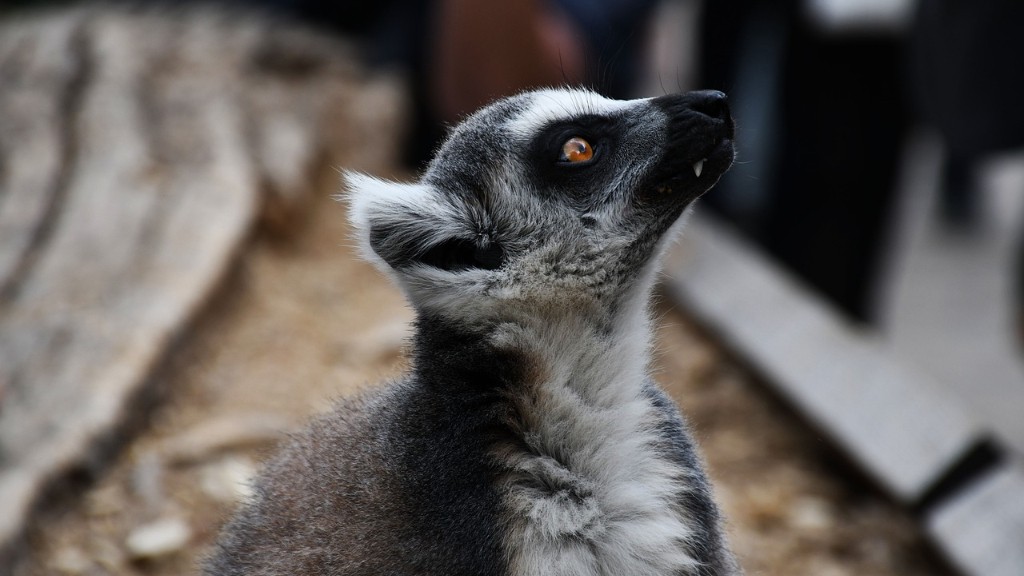How much of Madagascar is Covered in Rainforest
Madagascar, the world’s fourth largest island, is renowned for its unique and diverse ecosystems. This remote island off the eastern coast of Africa is home to a remarkable range of plant and animal species found nowhere else on Earth. One of the most significant habitats in Madagascar is its rainforests, which play a critical role in supporting the island’s biodiversity and providing essential ecosystem services.
Experts estimate that approximately 20% of Madagascar’s land area is covered in rainforest. This vast expanse of lush vegetation is spread across different regions of the island, including the eastern coast, the northern tip, and some parts of the central highlands. The island’s rainforests are characterized by their dense canopy, abundant rainfall, and high levels of biodiversity.
Madagascar’s rainforests are not only home to various species of lemurs, but they also host a wide array of other unique flora and fauna. The biodiversity in these rainforests is staggering, with over 12,000 plant species, 100 species of lemurs, and countless insects, birds, and reptiles. This remarkable richness has earned Madagascar the title of a “biodiversity hotspot” and makes it a top destination for ecotourism.
The destruction of Madagascar’s rainforests is a serious concern among conservationists. Despite efforts to protect these valuable ecosystems, deforestation remains an ongoing problem. Human activities such as slash-and-burn agriculture, logging, and illegal hunting pose significant threats to the rainforests and the species that depend on them. It is estimated that Madagascar has lost over 80% of its original forest cover due to these activities.
Importance of Rainforests in Madagascar
The rainforests in Madagascar serve crucial ecological functions that extend beyond their role as a habitat for unique species. They play a vital role in regulating the island’s climate by capturing and storing carbon dioxide, thus helping to mitigate the effects of climate change. Rainforest vegetation also helps to prevent soil erosion and protect watersheds, ensuring a reliable supply of freshwater for both humans and wildlife.
Furthermore, the rainforests in Madagascar have cultural significance for the Malagasy people, who have lived in harmony with nature for centuries. These forests provide valuable resources such as medicinal plants, timber, and non-timber forest products, which contribute to the local economy and the traditional way of life.
Conservation Efforts and Challenges
Conservation organizations and the Malagasy government have recognized the importance of protecting Madagascar’s rainforests and have implemented several initiatives to safeguard these precious ecosystems. National parks and reserves have been established throughout the country, providing protected areas for wildlife and promoting sustainable land management practices.
However, numerous challenges persist in the conservation of Madagascar’s rainforests. Poverty, political instability, and inadequate law enforcement have hindered effective conservation efforts. The local communities living near the rainforests often resort to exploiting the forest resources to sustain their livelihoods, exacerbating the problem of deforestation.
Additionally, the illegal trade of wildlife and timber remains a pressing issue. Many endemic species from Madagascar, including the famous lemurs, are threatened by habitat loss and are targeted for their rarity in the global pet trade market. Stronger law enforcement and educational campaigns are necessary to combat these issues and ensure the long-term survival of Madagascar’s rainforests.
Alternative Livelihoods and Sustainable Development
Promoting alternative livelihoods and sustainable development practices is crucial for reducing the pressure on Madagascar’s rainforests. Ecotourism has emerged as a viable option, offering economic incentives for local communities to protect the forests and their unique wildlife. By providing employment opportunities and investing in eco-friendly infrastructure, ecotourism can contribute to both conservation and community welfare.
Furthermore, sustainable agricultural practices, such as agroforestry, can help alleviate poverty while minimizing the environmental impact. Planting fruit trees and other valuable crops alongside native forest species can provide income for local farmers while maintaining forest cover and biodiversity.
Future Prospects and Conclusion
The future of Madagascar’s rainforests hangs in the balance. Efforts to protect and restore these vital ecosystems are crucial not only for the island’s unique biodiversity but also for the global fight against climate change. Successful conservation relies on a combination of government commitment, international cooperation, and the active involvement of local communities.
By raising awareness about the value of Madagascar’s rainforests, supporting sustainable development, and implementing effective conservation strategies, there is hope for preserving these extraordinary habitats and the incredible species they harbor. Together, we can ensure a brighter future for Madagascar’s rainforests and the treasure trove of biodiversity they contain.



